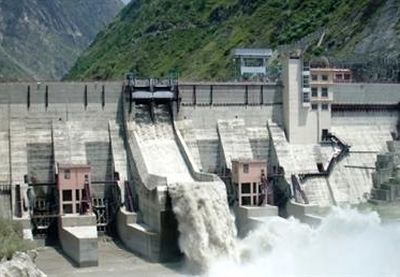The Shrikhand Mahadev Yatra, a revered pilgrimage, has garnered immense popularity among both trekkers and devotees. Each year, thousands of pilgrims embark on this journey to witness the natural Shivlinga. However, this surge in footfall is leaving a devastating impact on the pristine high-altitude environment.
Recently, a photograph depicting heaps of trash along the route went viral on social media, evoking widespread concern and outrage. This poignant image, shared by renowned mountaineer and environmentalist Pradeep Sangwan, highlights the grim reality of the pilgrimage trail. Sangwan, who has dedicated years to cleaning various Himalayan routes, expressed his dismay at the current state of Shrikhand Mahadev.
“This place is almost impossible to clean,” Sangwan lamented. “We’ve attempted to clean it seven times, but only succeeded twice. We need sustainable mechanisms for high altitudes where traditional cleanup efforts are unfeasible.”
The growing mounds of trash are not just an eyesore; they pose severe environmental risks. At high altitudes, the decomposition of waste is exceedingly slow due to low temperatures and oxygen levels. This non-biodegradable litter contaminates the soil and water, eventually polluting the rivers flowing down these mountains. The fragile ecosystem of the Himalayas, already under stress from climate change, is further endangered by this escalating problem.
This year, the situation appears set to worsen. Since the official start of the yatra on July 14, a staggering 6,023 pilgrims have registered and commenced their journey. On a single day, 567 pilgrims set out for Shrikhand Mahadev, contributing to the mounting pressure on the trail. SDM Nirmand Manmohan Singh reported that over 3,000 men and 131 women reached the base camp Singhagad and registered for the trek.
Despite stringent measures like mandatory registration and medical checkups, the yatra has already claimed four lives this year, even before the official commencement. The combination of a challenging trek, inadequate facilities, and the sheer number of participants exacerbates the litter problem, making it a critical issue that demands immediate attention.
The photograph shared by Sangwan serves as a stark reminder of the need for responsible tourism, especially in high-altitude regions. The natural beauty of Shrikhand Mahadev and its surrounding areas is at risk of being irrevocably marred by human negligence. Both authorities and pilgrims must adopt sustainable practices, ensuring that this sacred journey does not come at the cost of the environment.
The Himalayas, often revered as the “Abode of the Gods,” are suffering due to the carelessness of their visitors. The onus is on all stakeholders to preserve these majestic mountains for future generations. Without concerted efforts to address the littering issue, the spiritual and natural sanctity of Shrikhand Mahadev may be lost forever.









